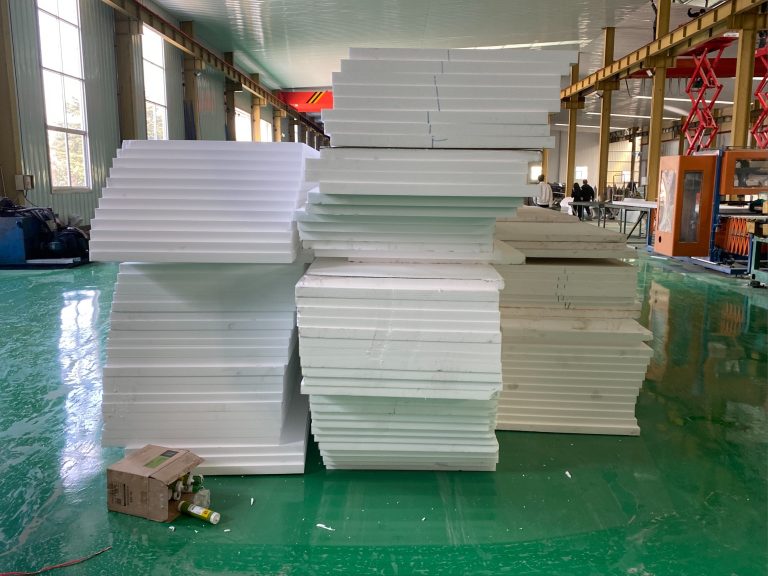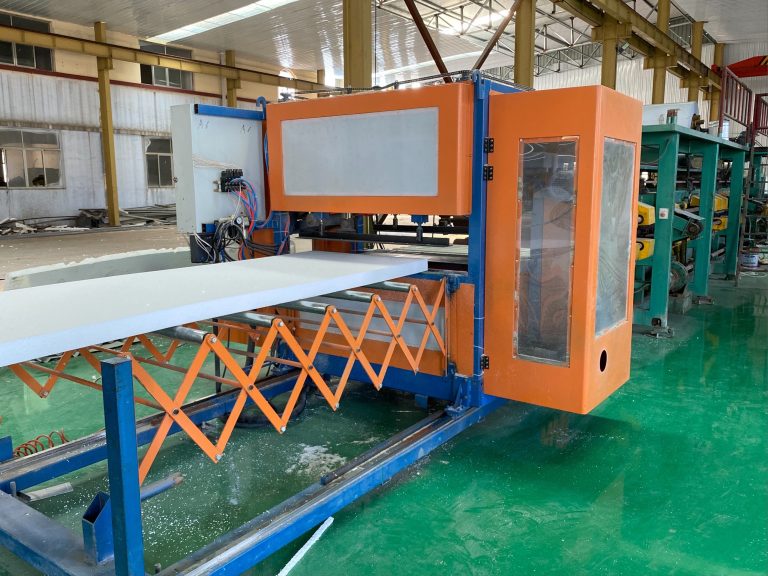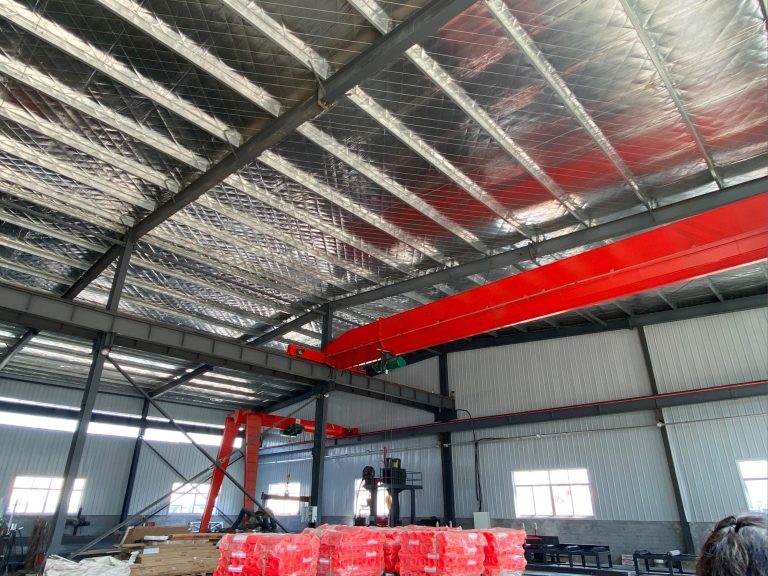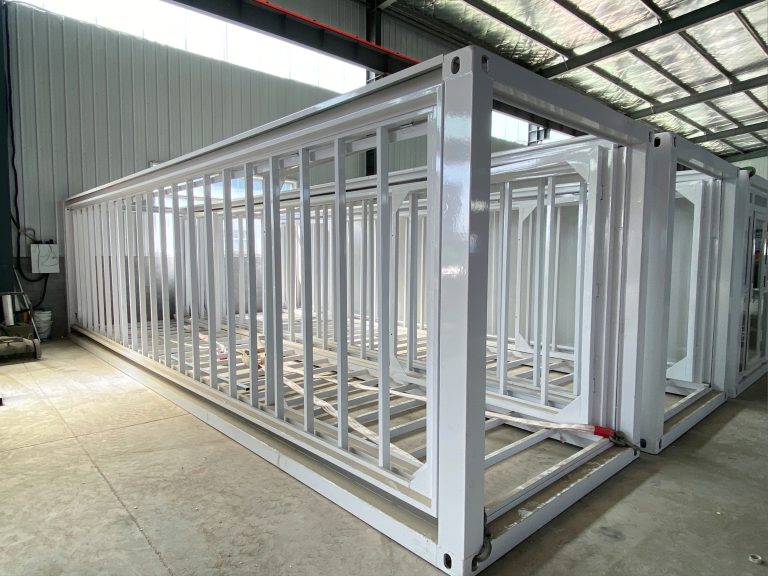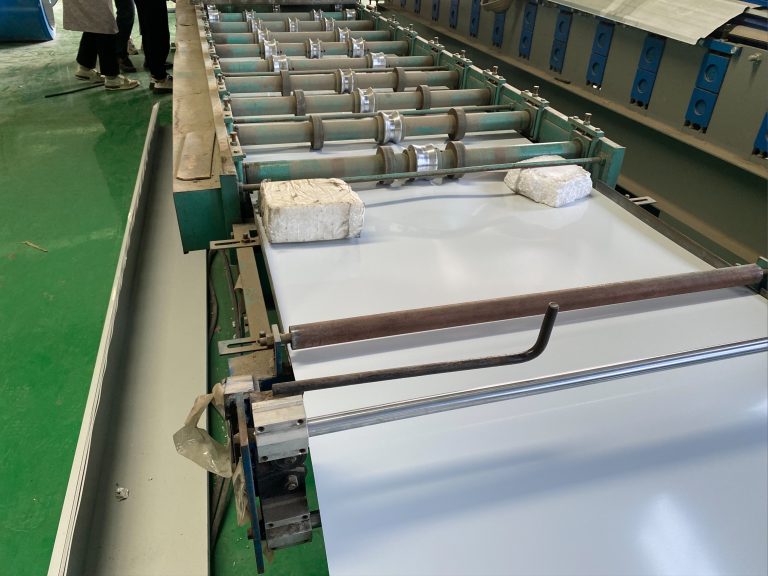Steel structure building intelligent ventilation system technology innovation
Table of Contents
Benefits of Implementing Intelligent Ventilation Systems in Steel Structure Buildings
Steel structure buildings have become increasingly popular in recent years due to their durability, cost-effectiveness, and sustainability. However, one of the challenges faced by these buildings is ensuring proper ventilation to maintain a comfortable and healthy indoor environment. Traditional ventilation systems can be inefficient and costly to operate, leading to poor air quality and discomfort for occupants. In response to this challenge, innovative technologies have been developed to improve ventilation in steel structure buildings, such as intelligent ventilation systems.
Intelligent ventilation systems utilize advanced sensors and control algorithms to optimize airflow and indoor air quality. By continuously monitoring factors such as temperature, humidity, and air quality, these systems can adjust ventilation rates in real-time to ensure a comfortable and healthy indoor environment. This not only improves the overall comfort of occupants but also helps to reduce energy consumption and operating costs.
One of the key benefits of implementing intelligent ventilation systems in steel structure buildings is improved energy efficiency. By automatically adjusting ventilation rates based on real-time data, these systems can reduce energy consumption by up to 30% compared to traditional ventilation systems. This not only helps to lower operating costs but also reduces the carbon footprint of the building, making it more environmentally friendly.
In addition to energy savings, intelligent ventilation systems also offer improved indoor air quality. By continuously monitoring air quality parameters such as CO2 levels and particulate matter, these systems can ensure that occupants are breathing clean and healthy air at all times. This can help to reduce the risk of respiratory illnesses and allergies, leading to a healthier and more productive indoor environment.
Furthermore, intelligent ventilation systems can also help to extend the lifespan of steel structure buildings. By maintaining optimal indoor conditions, these systems can prevent moisture buildup and mold growth, which can cause structural damage over time. This can help to prolong the life of the building and reduce maintenance costs in the long run.
Another benefit of intelligent ventilation systems is improved occupant comfort. By adjusting ventilation rates based on factors such as temperature and humidity, these systems can create a more comfortable indoor environment for occupants. This can help to improve productivity and well-being, leading to a happier and more satisfied workforce.
Overall, the implementation of intelligent ventilation systems in steel structure buildings offers a wide range of benefits, including improved energy efficiency, indoor air quality, building lifespan, and occupant comfort. By utilizing advanced sensors and control algorithms, these systems can optimize airflow and ventilation rates to create a comfortable and healthy indoor environment while reducing energy consumption and operating costs. As the demand for sustainable and efficient buildings continues to grow, intelligent ventilation systems are becoming an essential technology for steel structure buildings.
How Innovative Technology is Revolutionizing Ventilation Systems in Steel Structure Buildings
Steel structure buildings have become increasingly popular in recent years due to their durability, cost-effectiveness, and sustainability. However, one of the challenges faced by these buildings is ensuring proper ventilation to maintain a comfortable and healthy indoor environment. Traditional ventilation systems often fall short in meeting the unique needs of steel structure buildings, leading to issues such as poor air quality, high energy consumption, and uneven temperature distribution.
In response to these challenges, innovative technology has been developed to revolutionize ventilation systems in steel structure buildings. One such technology is the intelligent ventilation system, which utilizes advanced sensors, algorithms, and automation to optimize air flow and temperature control. By continuously monitoring indoor air quality, occupancy levels, and external weather conditions, the intelligent ventilation system can adjust ventilation rates and air distribution in real-time to ensure optimal comfort and energy efficiency.
One of the key features of the intelligent ventilation system is its ability to adapt to changing environmental conditions. For example, during periods of high occupancy or increased outdoor pollution levels, the system can increase ventilation rates to maintain a healthy indoor environment. Conversely, during periods of low occupancy or mild weather, the system can reduce ventilation rates to conserve energy without compromising comfort.
Another innovative technology that is revolutionizing ventilation systems in steel structure buildings is the use of smart actuators and dampers. These devices can be integrated into the building’s HVAC system to control air flow and temperature distribution with precision. By adjusting the position of dampers and actuators based on real-time data from sensors, the system can optimize air circulation and thermal comfort throughout the building.
Furthermore, the integration of artificial intelligence and machine learning algorithms has enabled the intelligent ventilation system to learn and adapt to the building’s unique characteristics over time. By analyzing historical data and performance metrics, the system can continuously improve its efficiency and effectiveness in maintaining a healthy indoor environment.
In addition to improving indoor air quality and energy efficiency, innovative ventilation technology in steel structure buildings can also enhance occupant comfort and productivity. By providing a consistent and comfortable indoor environment, the system can help reduce fatigue, improve concentration, and promote overall well-being among building occupants.
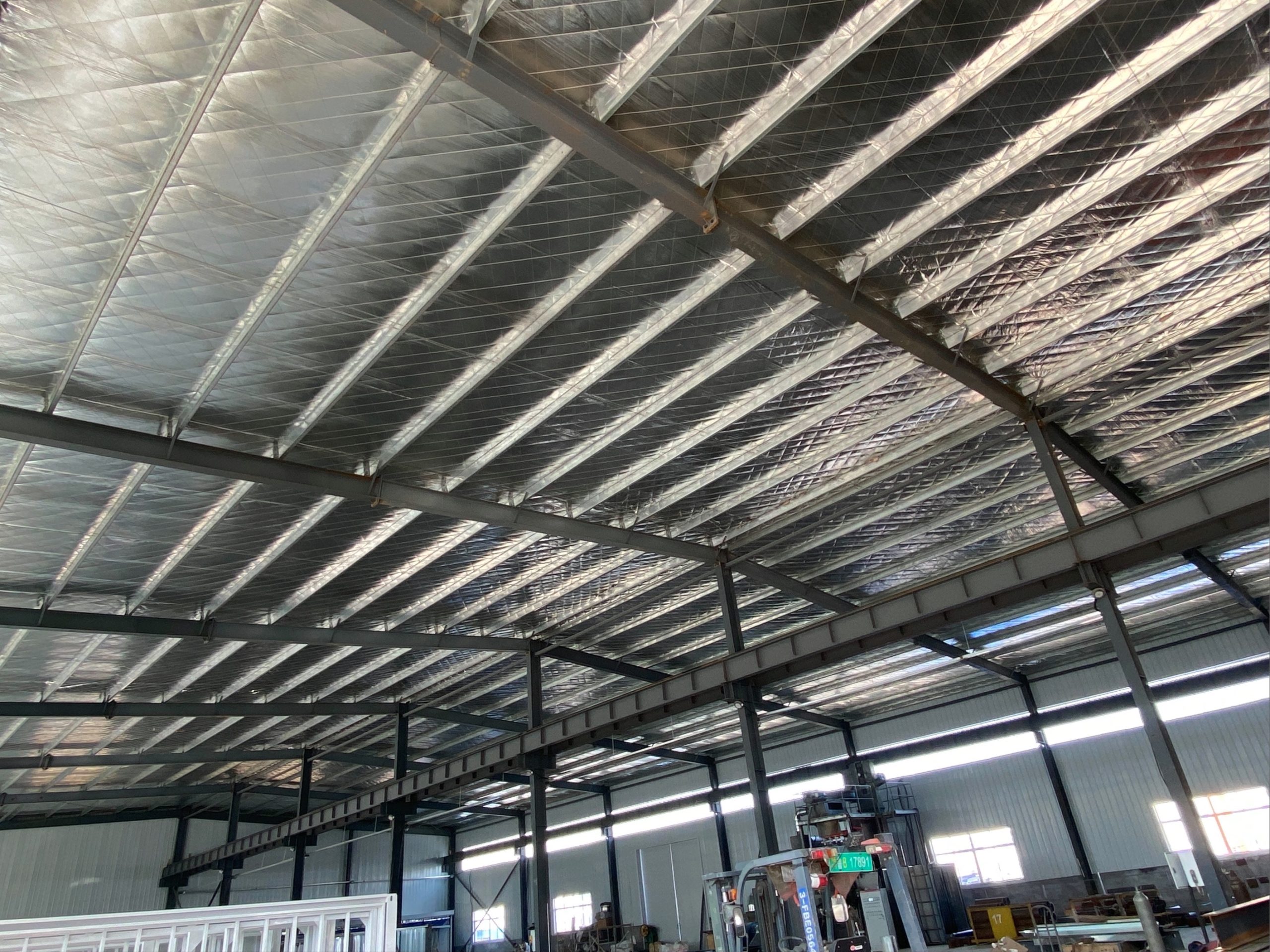
Overall, the integration of intelligent ventilation technology in steel structure buildings represents a significant advancement in building design and operation. By leveraging advanced sensors, automation, and machine learning algorithms, these systems can optimize air flow, temperature control, and energy efficiency to create a healthier and more comfortable indoor environment. As the demand for sustainable and energy-efficient buildings continues to grow, innovative ventilation technology will play a crucial role in shaping the future of steel structure construction.

